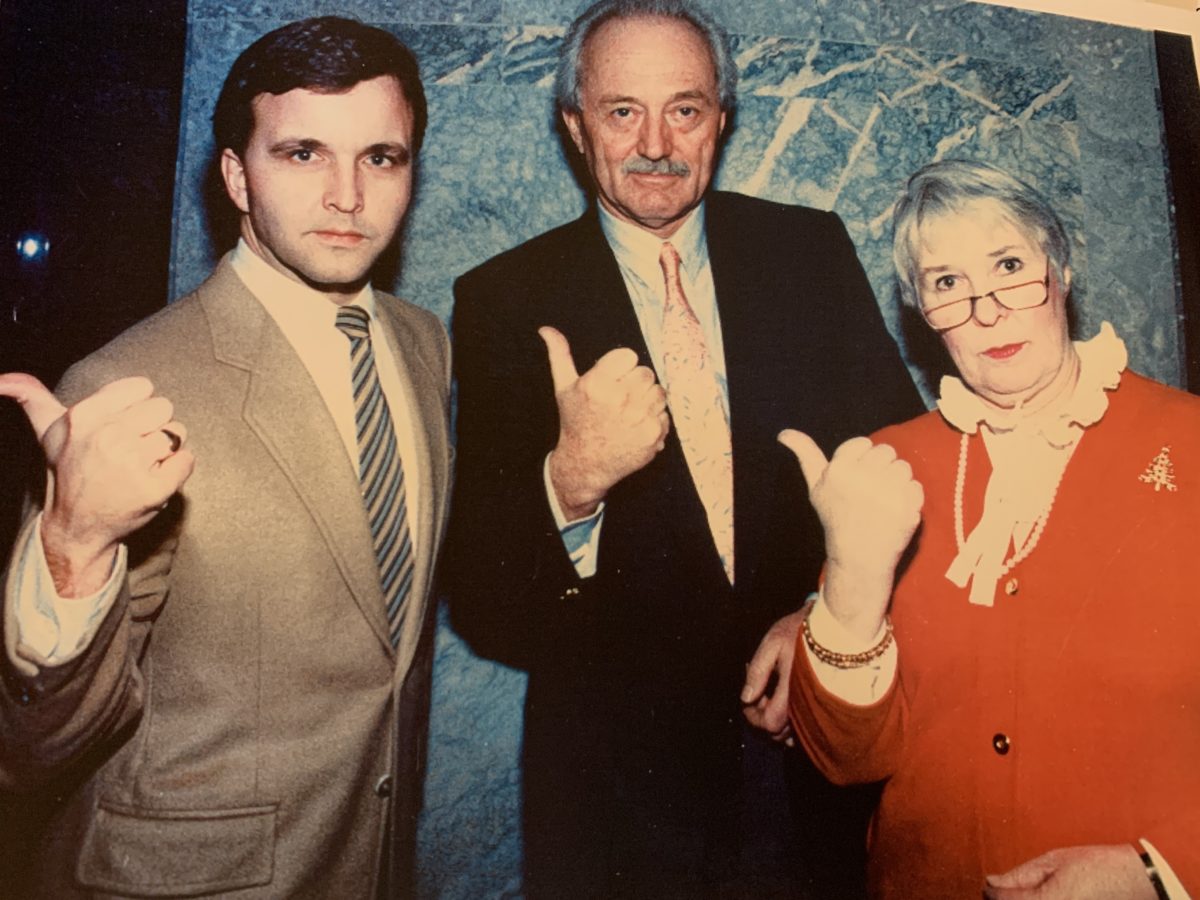He was never Premier of Alberta or even Leader of the Official Opposition, but Nick Taylor was a giant in Alberta politics nonetheless. The quick-witted oilman-turned-politican with swept-back silver hair and a droopy moustache was a fixture on the political scene for more than three decades and was probably one of the most persistent and determined politicians in our province’s recent history.
Taylor passed away last Saturday at the Peter Lougheed Centre in Calgary at the age of 92.
The Liberal Party’s voice in the wilderness
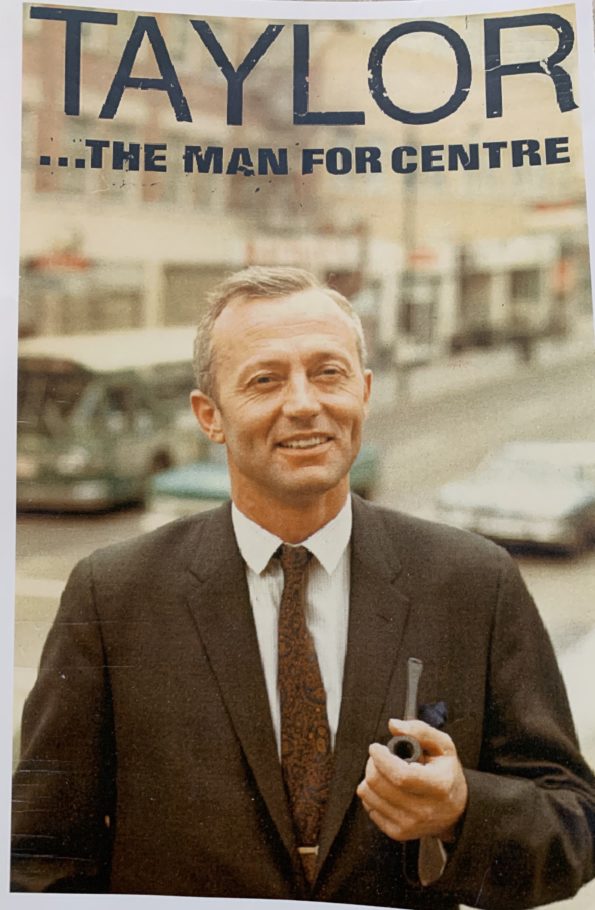
Beginning his political career as a Liberal Party activist, with a stint as a trustee on the Calgary Separate School Board and a bid for City Council in 1964, Taylor made his first foray into federal electoral politics in 1968, nearly winning a seat in the House of Commons in the original Trudeaumania. He finished 301 votes behind long-time Progressive Conservative Douglas Harkness in Calgary-Centre. He placed further back in a second attempt in the 1972 election, but that was only the start of his political career.
Taylor jumped into provincial politics in 1974, defeating Edmontonian John Borger to win the leadership of the seatless Alberta Liberal Party. The party had been without an MLA in the Legislature since MLA Bill Dickie crossed the floor to join the Lougheed PC’s in 1969 (Taylor was Dickie’s campaign manager when he was first elected to the Assembly in 1963).
Appreciating some of the frustration expressed by some Albertans with the federal government at the time, Taylor told the Globe & Mail that Robert Stanfield‘s Tories might win the 1974 election. “Then,” he said, “I’m rid of the albatross of having to explain every asinine move Ottawa makes.”
Pierre Trudeau‘s Liberal government was narrowly re-elected.

But despite this comment, Taylor remained a Liberal Party stalwart and a fiercely pro-Canadian voice during the height of the separatist fervour that hit the Prairies in the 1970s and 1980s.
The new leader ran unsuccessfully in Dickie’s former Calgary-Glenmore riding in 1975 and 1979 before heading north of Edmonton to run in a by-election in the Barrhead stronghold of retiring Deputy Premier Hugh Horner. To the surprised of almost everyone, he finished just 350 votes behind rookie PC candidate Ken Kowalski.
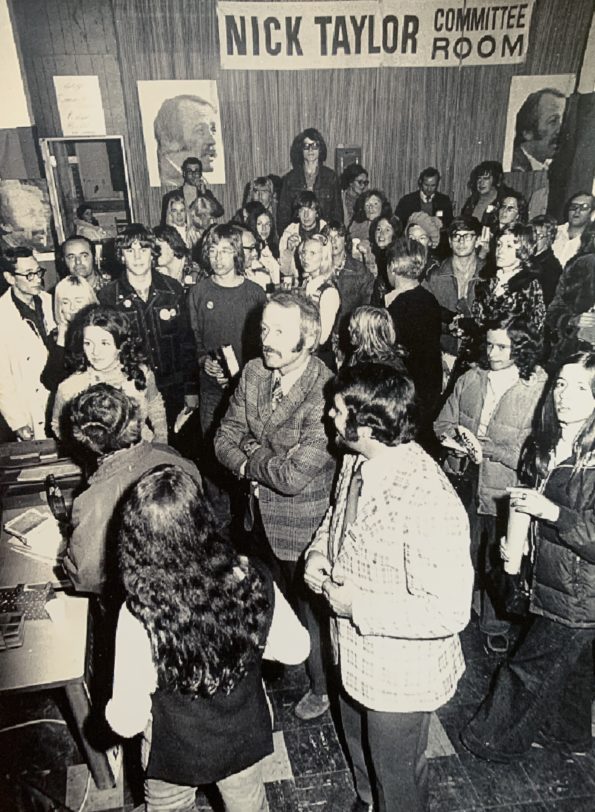
Similar to his near-win in 1968, Taylor’s second attempt in Barrhead in 1982 was not as successful. Asked what he would have done if he had emerged victorious from beneath the Lougheed juggernaut, Taylor is quoted as saying he would “have demanded a recount.”
His rivalry with Kowalski became legendary in Alberta politics.
One story, whether it is true or not, took place at the grand opening of the Swan Hills Waste Treatment Centre. The local PC MLA proudly sat on the hood of the first truck as it rolled in to the facility. Taylor was in the crowd watching and yelled “here comes the first load!” leading to the crowd to burst into laughter.
His next attempt at elected office four years later in the newly redrawn neighbouring Westlock-Sturgeon riding paid off. Taylor was elected by 474 votes in 1986 and became the rarest of Alberta political species – a Liberal MLA from rural Alberta.
He led the Liberals to reenter the Legislative Assembly in that election, forming a caucus of four with Calgary-Buffalo MLA Sheldon Chumir, Edmonton-Gold Bar MLA Bettie Hewes, and Edmonton-Meadowlark MLA Grant Mitchell. The Liberal Party’s reappearance in the Assembly came just a few years after the National Energy Program mythically destroyed the province’s oil industry.
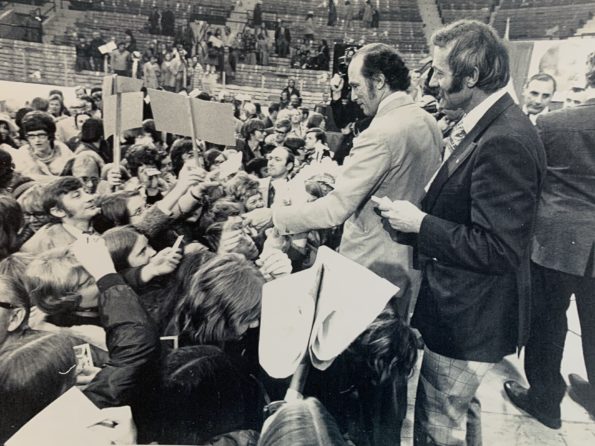
As an opposition MLA, Taylor brought his quick-witted and clever retorts to the floor of the Assembly.
As columnist Don Martin wrote in 2002, “[h]is most endearing incarnation was as a feisty Alberta MLA whose decade of deadly zingers triggered a no-laugh order from two premiers, forcing many a Conservative MLA to guffaw below their desk to avoid detection from ministers reeling under his verbal fire.”
After describing then-Forestry minister Ty Lund as “one of the finest examples of a Victorian environment minister I’ve ever met,” Taylor stung him with a nickname that stuck for years: Forest Stump.
He also legendarily got the word “cowbell” banned from being used in the Assembly after describing a group of PC backbenchers as having the “longest tongues and emptiest heads” in the building.

“His wit made him very engaging and a great deal of fun to work with, but he was so much more than that. The nature of his wit was an indicator of his intelligence,” Mitchell, who served as party leader from 1994 to 1998, told Postmedia this week.
But 29 months after he became the first Liberal leader elected to the Assembly since 1968, he faced a leadership challenge that ended in 1989 with Edmonton mayor Laurence Decore becoming leader.
While trying to fight off his challengers during the bitter leadership race, Taylor described Decore as “Don Getty with glasses,” a clever quip and a gift to Decore’s political opponents that would periodically surface over the coming years.
When the leadership votes were counted, Decore captured 801 votes of the 1,444 cast, eclipsing Mitchell, who placed second with 385. Taylor, who led the party for the previous 14 years, finished a distant third with 259 votes.
Taylor had been usurped from the leadership but he remained an MLA for the next eight years, being re-elected by a similar margin of victory in Westlock-Sturgeon in 1989.
But though he was no longer leader, the PC’s still desperately wanted to rid themselves of his quick-witted criticism and uncanny ability to embarrass the government in the Assembly.
Getty kicked off the PC Party’s provincial election campaign in Westlock in 1989, and a committee of PC MLAs drastically redrew his riding in 1993 so that he would have to run for re-election against incumbent PC MLA Steve Zarusky.
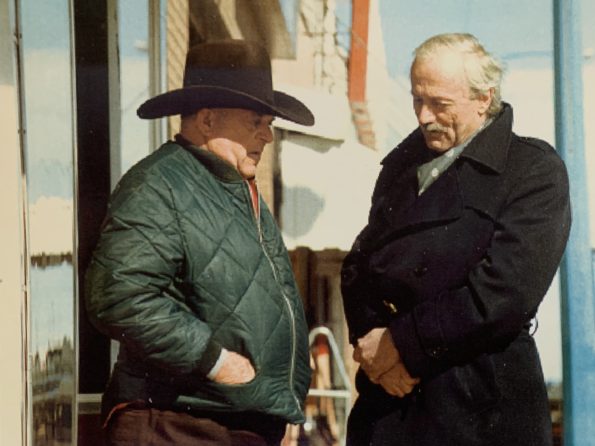
Taylor beat Zarusky by more than 1,500 votes in the new Redwater riding and joined by 31 other Liberals in the Assembly as the party formed Official Opposition for the first time since the 1960s.
As the mid-1990s approached, it was rumoured that Prime Minister Jean Chretien would appoint Taylor to the Lieutenant Governor’s post, but in the end it was a seat in Canada’s Senate that awaited him – a reward for his decades of public service and steadfast loyalty to the Liberal Party in the face of insurmountable opposition.
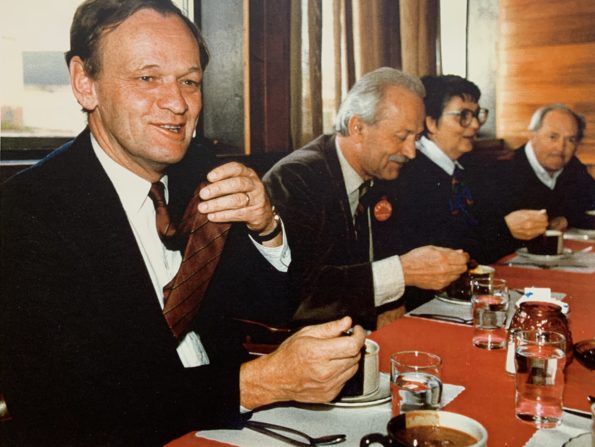
He served as a Senator for Alberta from 1996 to 2002, choosing Bon Accord and Sturgeon as his Senatorial constituency.
Taylor remained a generous donor to the Alberta Liberal Party and was frequently seen at party fundraising events in Calgary. In his endorsement of current Liberal Party leader David Khan in 2017, he wrote “As a past leader of the Alberta Liberal Party, I learned how important it was to tackle the issue facing Albertans with integrity and compassion. The people of this province depend on you to stand up for their best interests.”
Since he left to take up his Senate seat in Ottawa in 1996 there has not been anyone able to match his quick-witted humour and stinging retorts in Alberta politics or in the Assembly.

